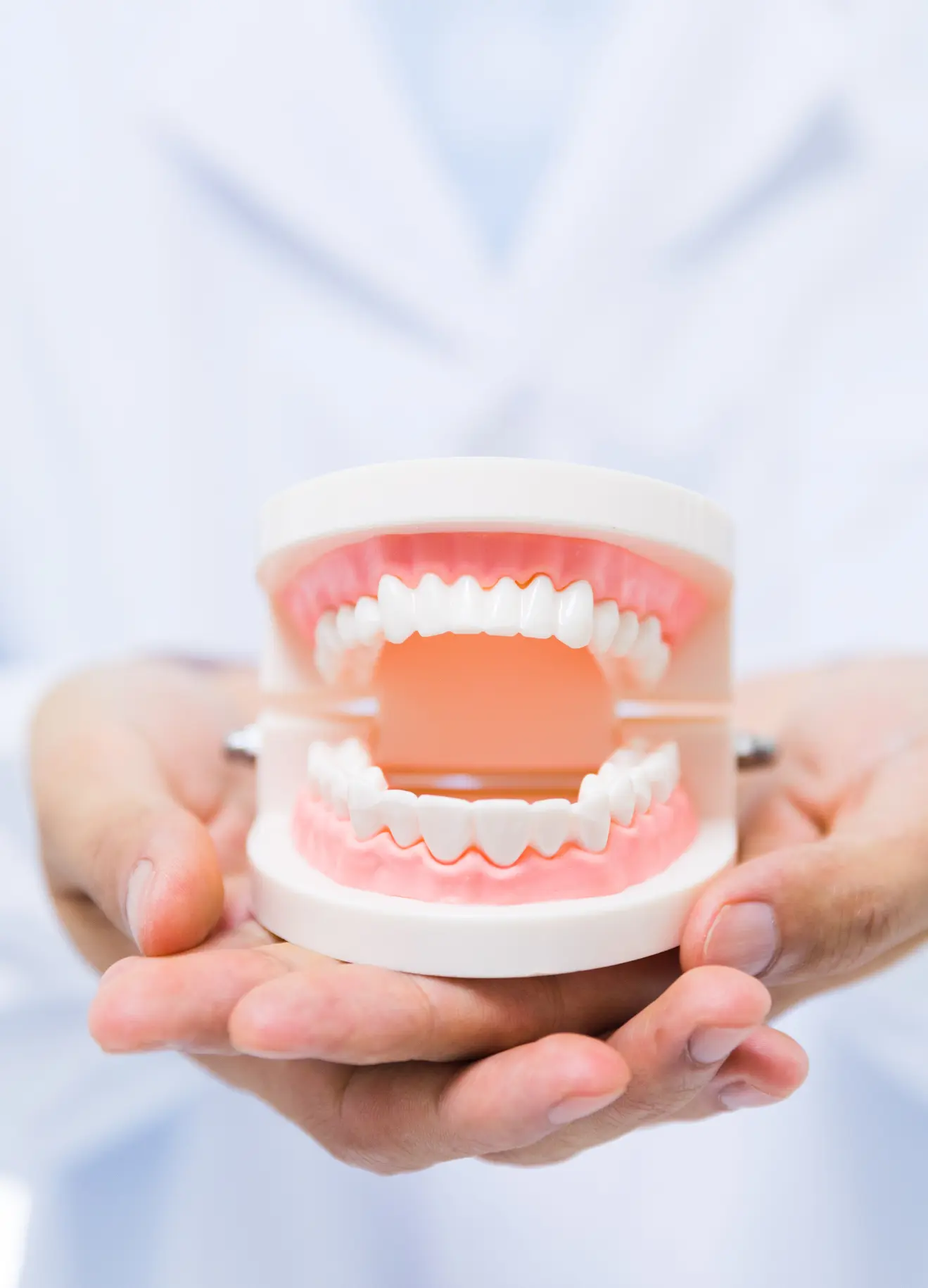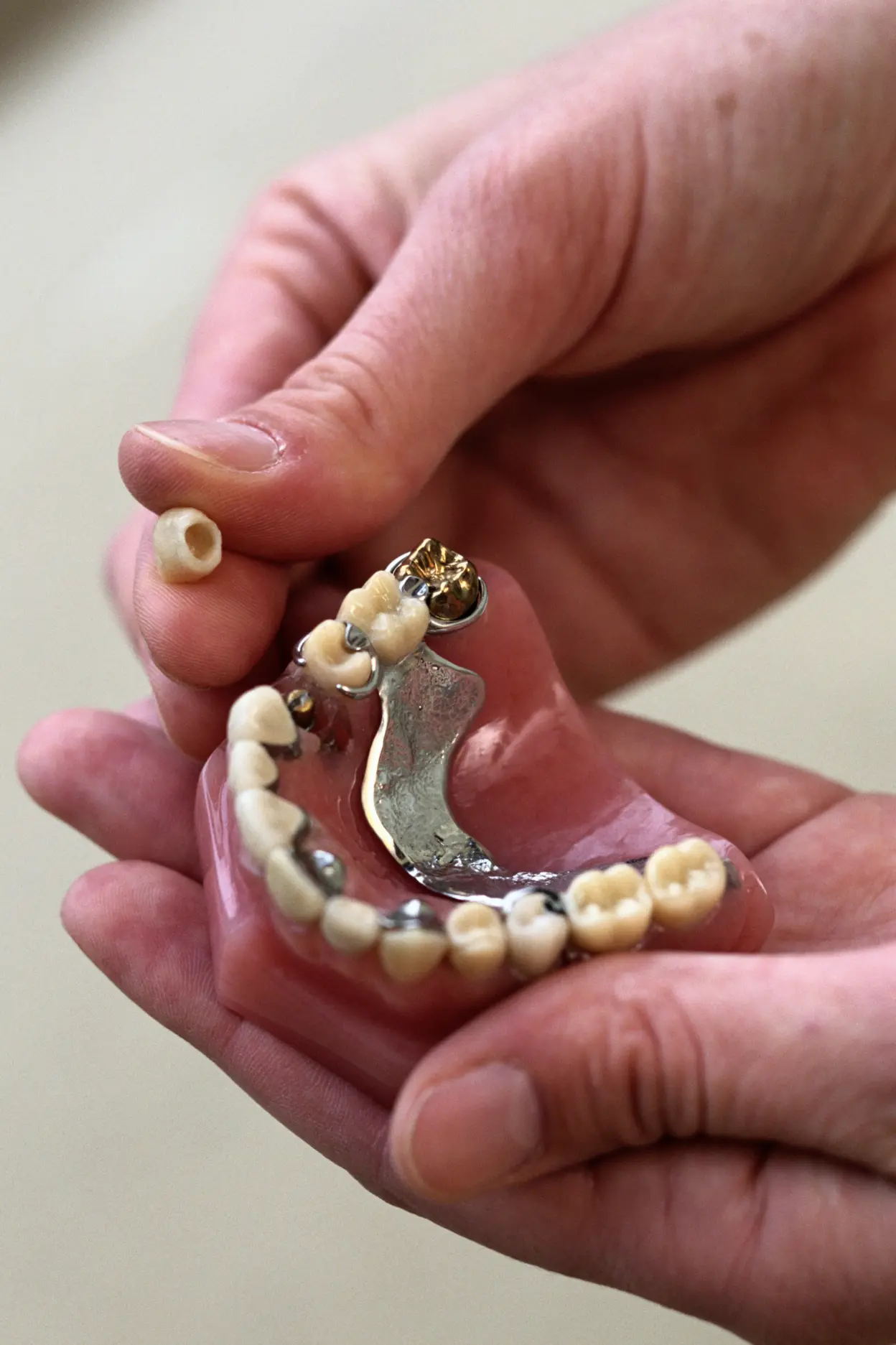When it comes to dental health, bridges and dentures stand out as important solutions for restoring smiles and functionality. These dental prosthetics have been instrumental in enhancing the quality of life for countless individuals worldwide. Whether due to aging, accidents, or dental diseases, the need for bridges and dentures arises to bridge the gaps and provide patients with renewed confidence and functionality.
What are dental bridges?
A dental bridges and dentures can replace one or more lost teeth with one or more artificial (fake) teeth if you are missing one or more teeth. A bridge is typically composed of crowns placed on either side of the lost tooth or teeth and put in place.
Gaps left by missing teeth eventually cause the remaining teeth to rotate or shift into empty spaces, resulting in a bad bite. The imbalance caused by missing teeth can also lead to gum disease and temporomandibular joint (TMJ) disorders.
Typically, bridges are used to repair one or more missing teeth. They fill the area left by missing teeth. Bridges are glued to the surrounding natural teeth or dental implants. These teeth, known as abutments, function as anchors for the bridge. A portion of the original tooth will be removed to make room.
A pontic, a substitute tooth, is affixed to the crowns that cover the abutments. As with crowns, bridges are available in a variety of materials. Dr. Rhea Antolin can advise you depending on the position of the lost tooth (or teeth), its function, aesthetics, and cost. Bridges made of porcelain or ceramic can be matched to the shade of your natural teeth.
Complete dentures
Complete dentures can be either “conventional” or “immediate”. A typical denture is ready to be placed in the mouth approximately eight to twelve weeks after the teeth have been extracted and the gum tissue has begun to recover.
Immediate dentures, unlike normal dentures, are produced in advance and can be placed as soon as the teeth are extracted. Consequently, the wearer does not need to be toothless during the healing period. However, bones and gums decrease over time, particularly during the healing phase after tooth extraction. Therefore, a downside of immediate dentures in comparison to conventional dentures is that they require more changes to fit properly during the healing process and should only be used as a temporary remedy until traditional dentures can be made.
Partial dentures
A removable partial denture or bridge often comprises replacement teeth affixed to a pink or gum-colored plastic base, which is coupled to a metal framework that secures the denture in the mouth. Partial dentures are utilized when one or more natural teeth are still present in the upper or lower jaw. A fixed (permanent) bridge is used to replace one or more missing teeth by putting crowns on the teeth on either side of the gap and connecting artificial teeth to them. This “bridge” is then set in place using cement. A partial denture not only fills in the gaps left by lost teeth but also prevents other teeth from shifting positions. Precision partial dentures are removable and have internal attachments, as opposed to clasps that attach to the surrounding crowns. This is a more natural-looking appliance.
Benefits of Bridges and Dentures:
- Improved Appearance: Bridges and dentures are crafted to closely resemble natural teeth, restoring a patient’s smile and facial aesthetics.
- Enhanced Functionality: By filling in gaps left by missing teeth, these prosthetics restore proper chewing function, allowing individuals to enjoy a varied diet and maintain overall health.
- Speech Improvement: Missing teeth can affect speech clarity. Bridges and dentures help with articulating sounds correctly, improving speech and communication.
- Prevention of Oral Health Issues: Gaps left by missing teeth can lead to oral health problems such as shifting of remaining teeth, bite misalignment, and jawbone deterioration. Bridges and dentures prevent these issues by maintaining the integrity of the dental arch and surrounding structures.
- Boost in Confidence: Restoring a complete smile with bridges or dentures can significantly enhance a person’s self-esteem and confidence, allowing them to engage in social activities without hesitation.
Maintenance and Care
Proper maintenance and care are essential to ensuring the longevity and effectiveness of bridges and dentures. Patients should follow their dentist’s instructions regarding cleaning and hygiene practices. Regular dental check-ups are also crucial to monitor the condition of the prosthetics and address any issues promptly.


